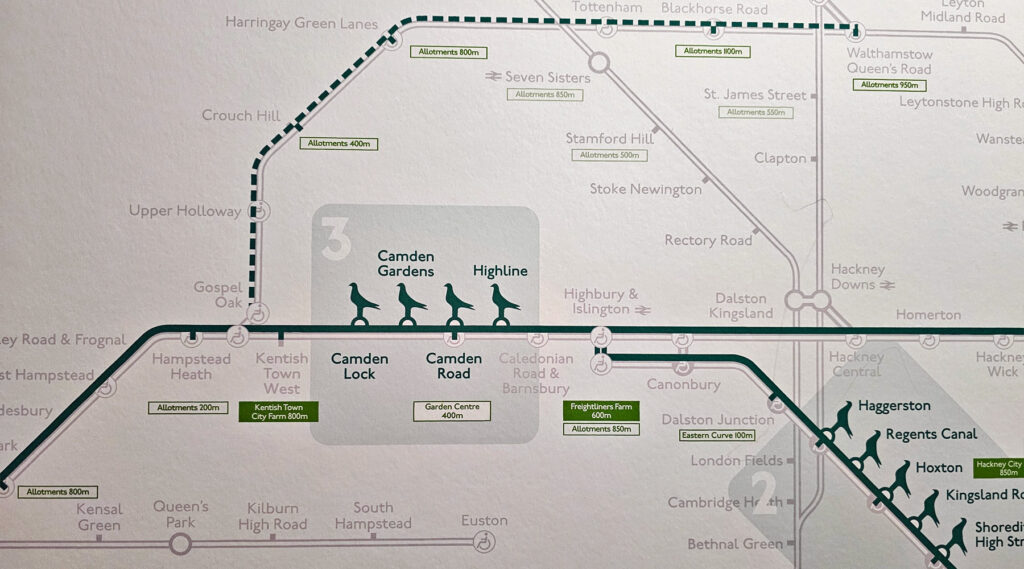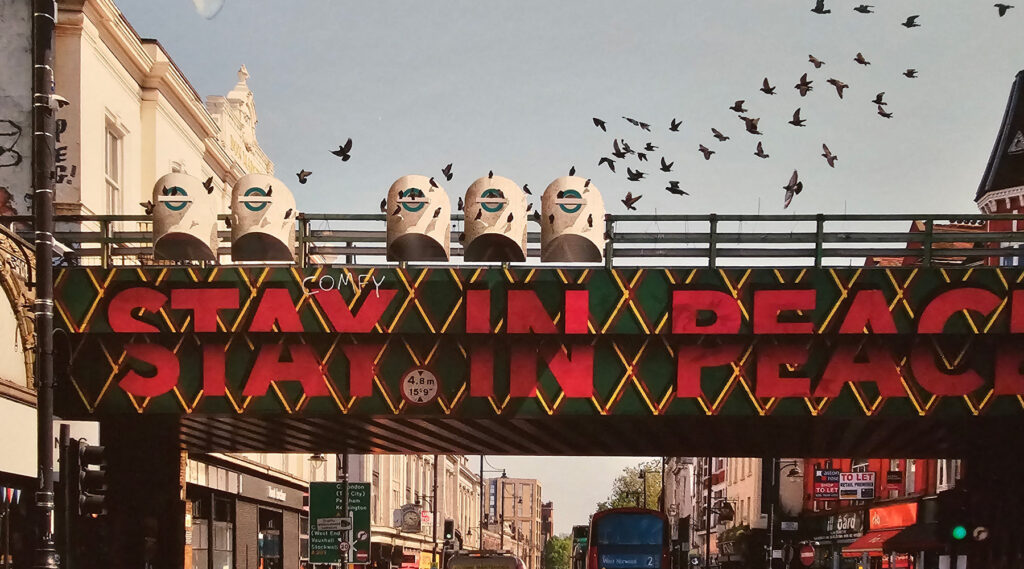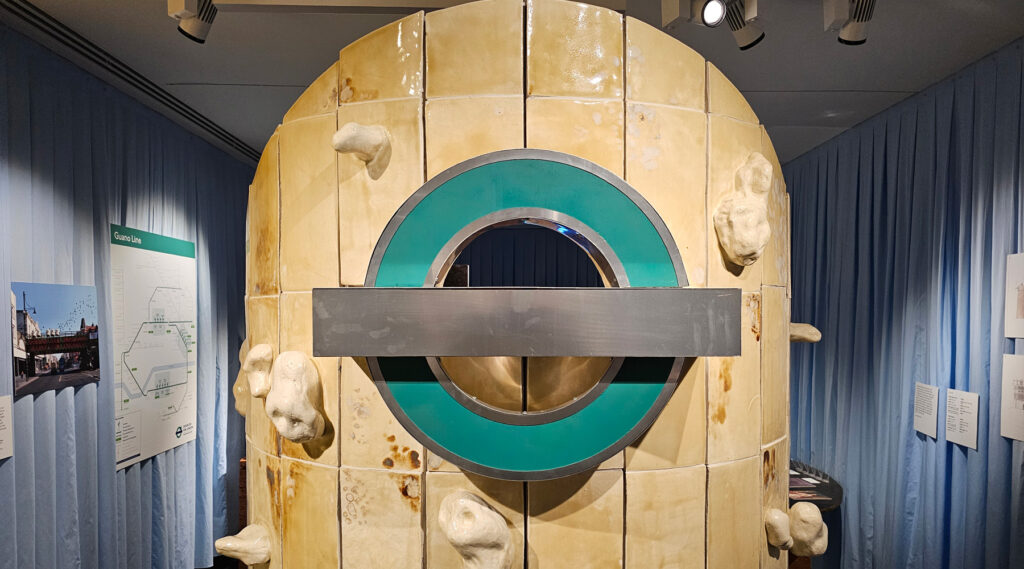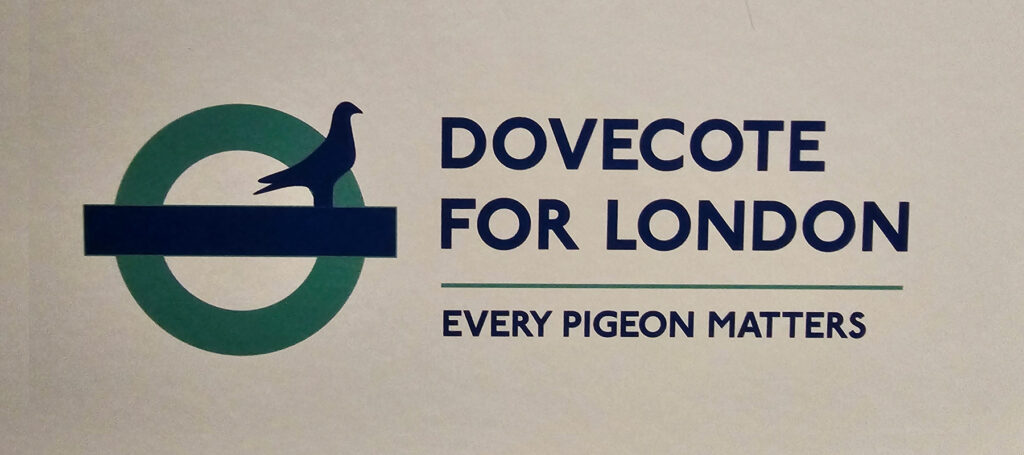What if there was a tube map for pigeon poo? Wait, come back, it’s serious. Well, it’s a concept at least based on an ancient idea we’ve rather turned our backs on.
Bird poo — properly called guano — is a very good fertiliser and was once collected in vast quantities with people building ever larger dovecotes to keep birds in, and even mining Pacific islands for it. That died out with artificial fertiliser, but could London’s pigeons support organic gardens and allotments?
That’s the concept that’s on display at the Design Museum at the moment, as part of an exhibition looking at innovative thinking and varied responses to the climate crisis.
The Guano Line is part of a proposal by James Powell to place modern dovecotes across London on pre-existing transport infrastructure so that instead of falling on people’s heads, the pigeon poop can be collected and redistributed to urban farms.
The designer asks if this could encourage a more caring relationship between humans and pigeons. Umm, probably not.
However unlikely it’s to be built, the concept is very well designed, with a pigeon poop railway map and dovecotes that include tube roundel in the design for the entrance holes.
Of course, the best way to deal with the pigeon problem is to stop feeding them – they’re scavenger birds and happily feast on the vast amount of rubbish people drop on the floor for someone else to clean up after them.
Now, how about a big crackdown on humans dumping rubbish?
The exhibition also looks at the energy inefficiency of drying clothes at home, underwater mining and a new font based on Celtic languages.
The exhibition, Design Researchers in Residence: Islands, is at the Design Museum until 24th September and is free to visit. It’s on the second floor of the museum.











I used to live on Ascension Island in the South Atlantic and just outside my hut where I lived there were the remains of a railway designed to transport guano, of which there many tons of the stuff!
Richard Buckby
As a lad, my paper round meant that I had to cycle all the way along the drive to the local big house.
It was no pain in the backside as its multitudinous Victorian carapaces are a sight to see and Lord Wraxall was a charming man.
Built on guano, Tyntesfield is now in the care of the National Trust.
This “dovecote” idea is a fool’s errand. Wood pigeons, city pigeons and doves are all different.
And none of them err, poops on their own doorstep, so there’d have to be access to local rooftops with yer trowel instead.
Eggs is what dovecotes was for!